Roscosmos’s head warns the ISS mission could end with a destructive deorbit in a threat to the US, EU and other countries.
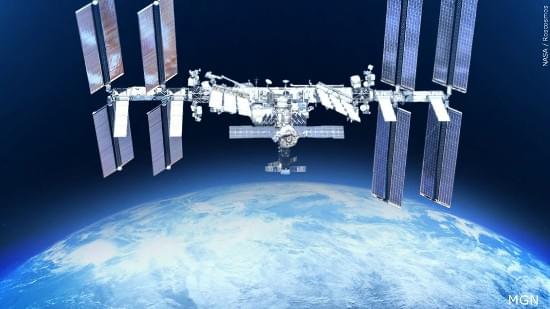


WASHINGTON — The European Space Agency will establish a committee with representatives from both inside and outside the space industry to develop options for a European human space exploration program.
The creation of what ESA called a “high-level advisory group” was one of the major outcomes of a one-day “space summit” held in Toulouse, France, Feb. 16 that brought together representatives of member states of both ESA and the European Union to discuss future European space initiatives.
Josef Aschbacher, director general of ESA, said the proposal for the advisory group came from French President Emmanuel Macron. “We got a very clear message from President Macron that such a group is needed. He has asked ESA to put the group together,” he said at a press conference at the end of the summit.
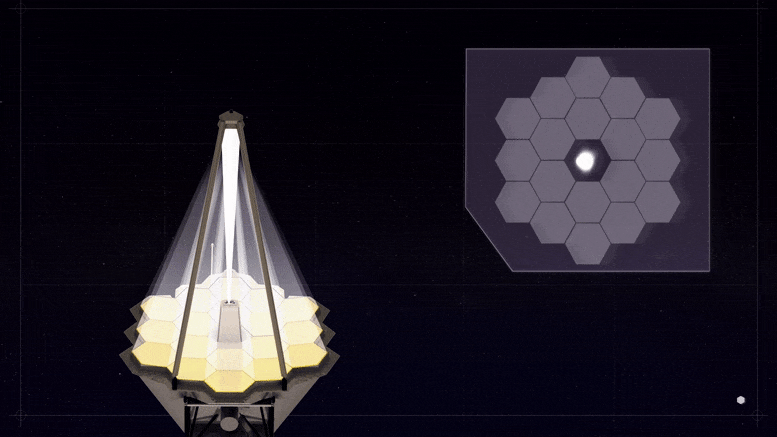
The Webb team continues to make progress in aligning the observatory’s mirrors. Engineers have completed the first stage in this process, called “Segment Image Identification.” The resulting image shows that the team has moved each of Webb’s 18 primary mirror segments to bring 18 unfocused copies of a single star into a planned hexagonal formation.
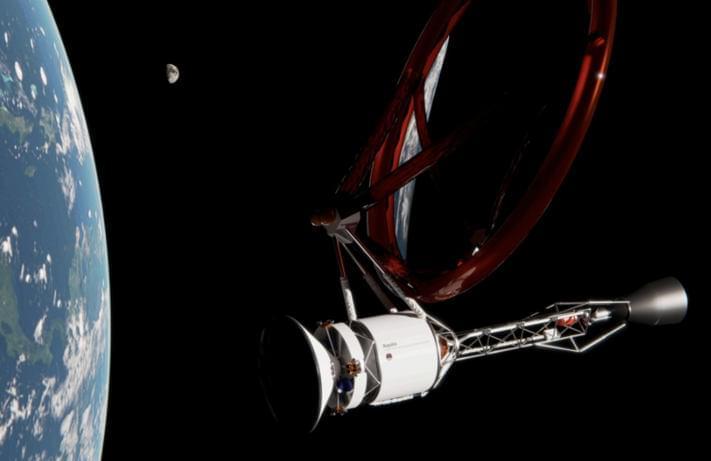
Engineers from McGill University, in Montreal, Canada, say they have developed a ‘laser-thermal propulsion’ system, where lasers are used to heat hydrogen fuel.
It is directed-energy propulsion, using large lasers fired from Earth to deliver power to photovoltaic arrays on a spacecraft, that generate electricity, and in turn thrust.
The spacecraft accelerates very quickly while near Earth, then races towards Mars over the next month, releasing the main vehicle to land on the Red Planet and returning the rest of the vehicle to Earth to be recycled for the next launch.

Advanced nuclear and synchrotron imaging has confirmed that a 93-million-year-old crocodile found in Central Queensland devoured a juvenile dinosaur based on remains found in the fossilized stomach contents.
The discovery of the fossils in 2010 was made by the Australian Age of Dinosaurs Museum (QLD) in association with the University of New England, who are publishing their research in the journal Godwana Research.
The research was carried out by a large team led by Dr Matt White of the Australian Age of Dinosaurs Museum and the University of New England.
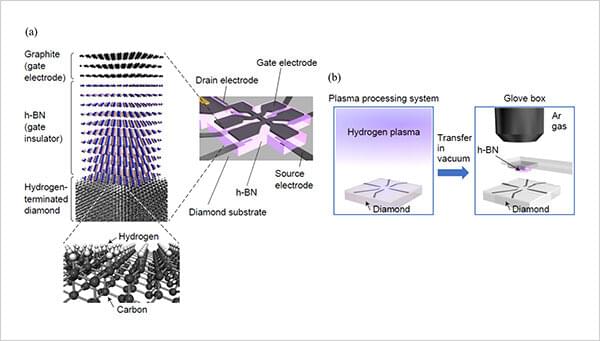
Using a new fabrication technique, NIMS has developed a diamond field-effect transistor (FET) with high hole mobility, which allows reduced conduction loss and higher operational speed. This new FET also exhibits normally off behavior (i.e., electric current flow through the transistor ceases when no gate voltage is applied, a feature that makes electronic devices safer). These results may facilitate the development of low-loss power conversion and high-speed communications devices.
Diamond has excellent wide bandgap semiconductor properties: its bandgap is larger than those of silicon carbide and gallium nitride, which are already in practical use. Diamond therefore could potentially be used to create power electronics and communications devices capable of operating more energy efficiently at higher speeds, voltages and temperatures. A number of R&D projects have previously been carried out with the aim of creating FETs using hydrogen-terminated diamonds (i.e., diamonds with their superficial carbon atoms covalently bonded with hydrogen atoms). However, these efforts have failed to fully exploit diamonds’ excellent wide bandgap semiconductor properties: the hole mobility (a measure of how quickly holes can move) of these diamond-integrated transistors was only 1–10% that of the diamonds before integration.
The NIMS research team succeeded in developing a high-performance FET by using hexagonal boron nitride (h-BN) as a gate insulator instead of conventionally used oxides (e.g., alumina), and by employing a new fabrication technique capable of preventing the surface of hydrogen-terminated diamond from being exposed to air. At high hole densities, the hole mobility of this FET was five times that of conventional FETs with oxide gate insulators. FETs with high hole mobility can operate with lower electrical resistance, thereby reducing conduction loss, and can be used to develop higher speed and smaller electronic devices. The team also demonstrated normally-off operation of the FET, an important feature for power electronics applications. The new fabrication technique enabled removal of electron acceptors from the surface of the hydrogen-terminated diamond.
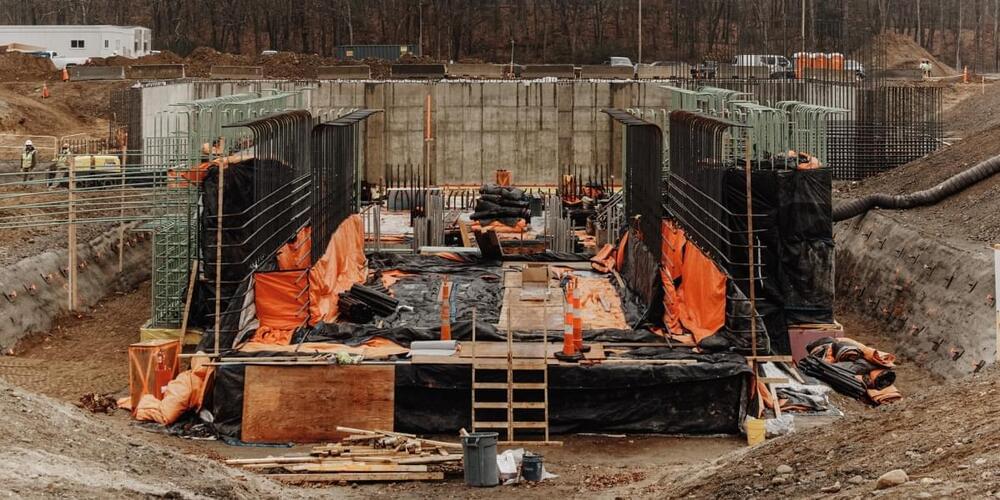

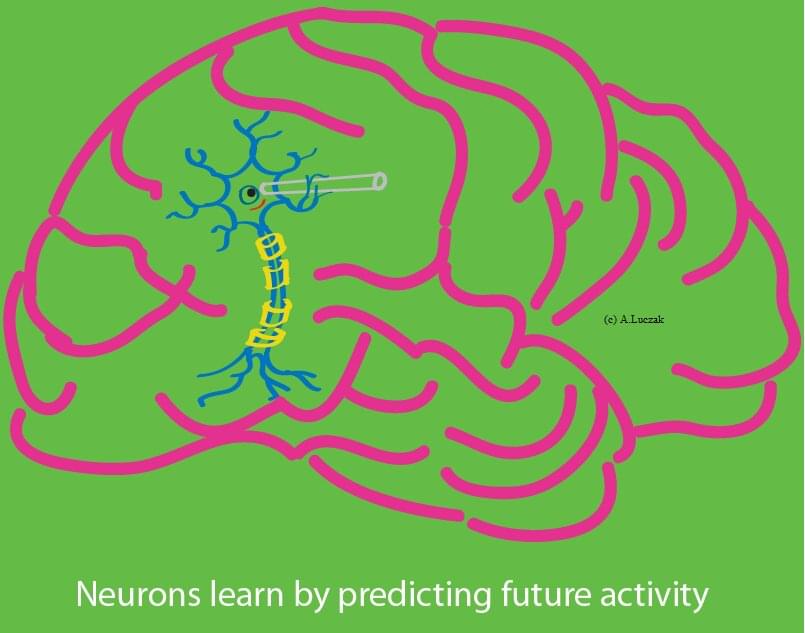
Humans have been trying to understand how the brain works and how it acquires information for centuries. While neuroscientists now have a pretty good understanding of how different parts of the brain work and what their function is, many questions remain unanswered; thus, a unified neuroscience theory is still lacking.
In recent years, computer scientists have been trying to create computational tools that artificially recreate the functions and processes of the human brain. New neuroscience theories clarifying how the brain makes predictions could help to significantly enhance these tools so that they replicate neural functions in increasingly realistic ways.
Researchers at the Canadian Centre for Behavioural Neuroscience in Lethbridge, Canada have recently carried out a study investigating how individual neurons learn and make predictions about the future. Their findings, published in Nature Machine Intelligence, suggest that the ability of single neurons to predict their future activity could offer a new learning mechanism.
Quantum mechanics tells us that the forces of nature come in discrete, tiny chunks. Gravity, the bending of space-time, is a force. So is space-time quantized as well?